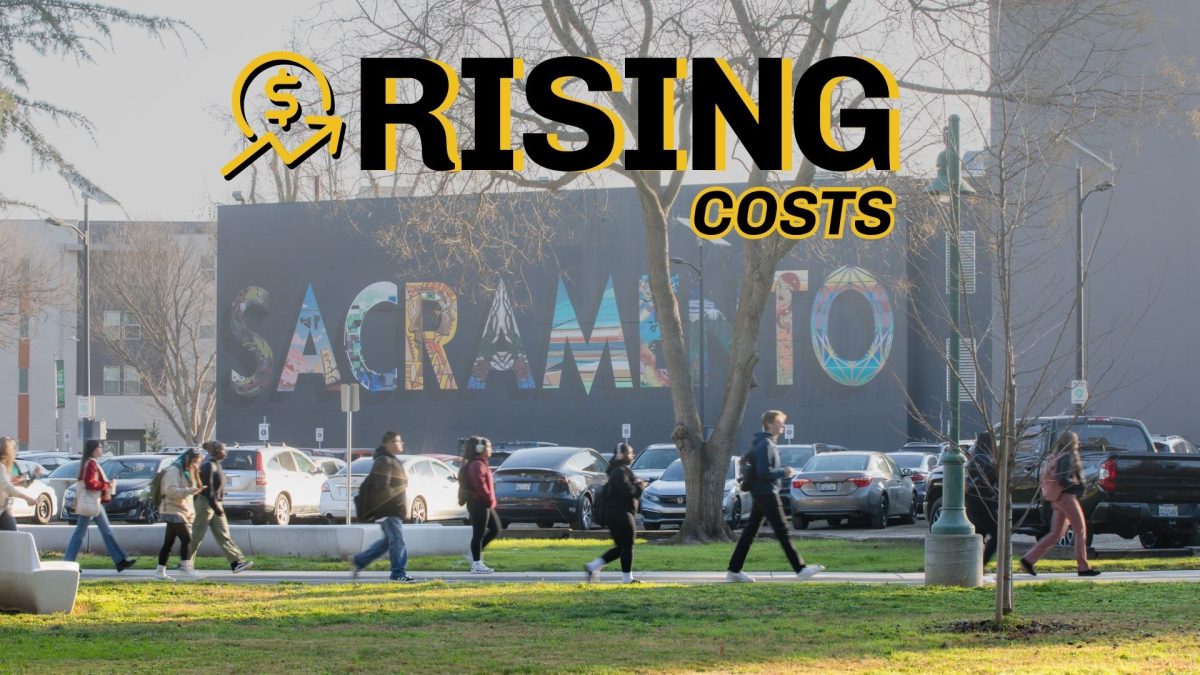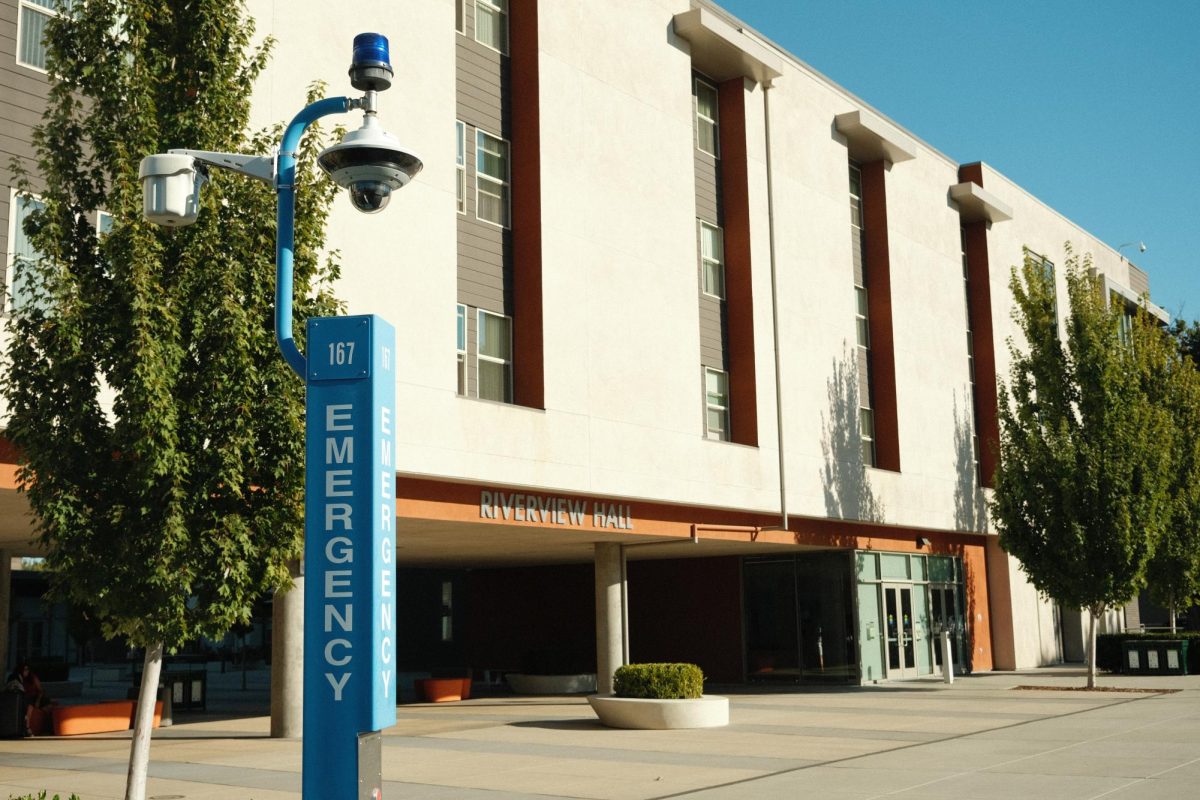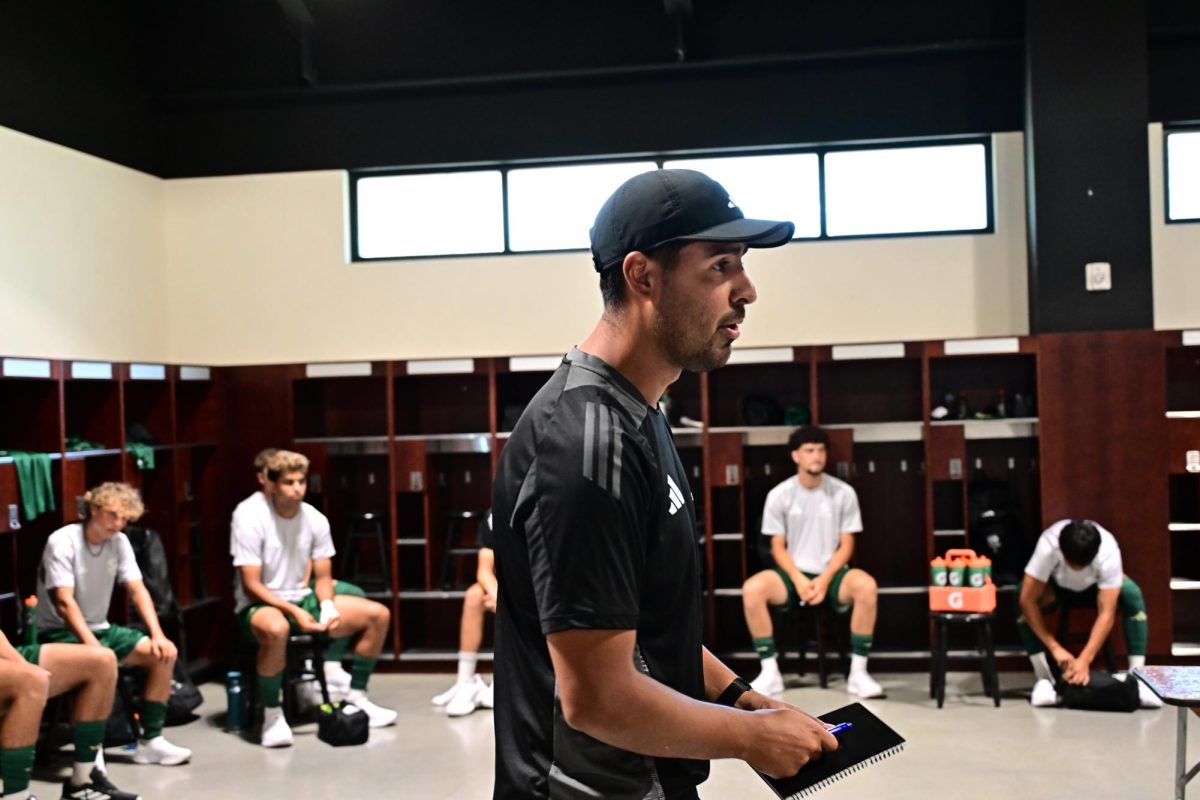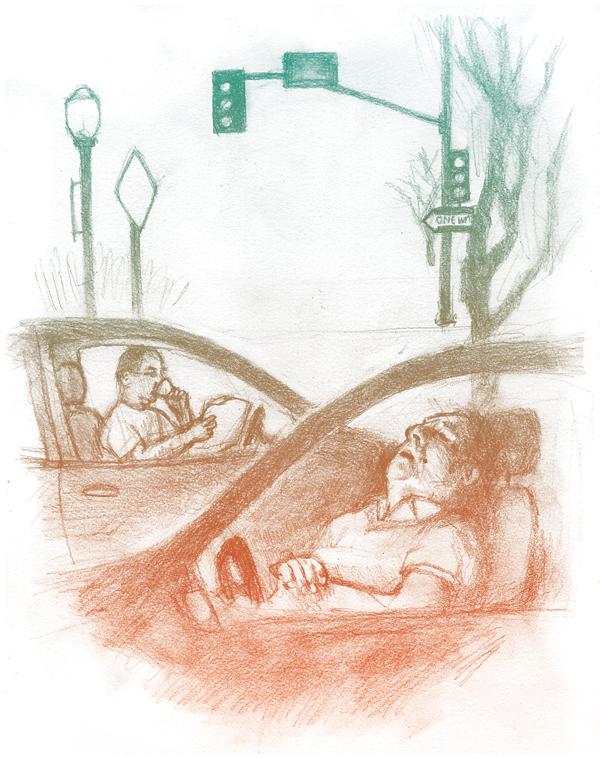Google paves way to future
October 27, 2010
Cole Mayer
Google’s autonomous cars, or cars that drive themselves, are to automobiles what the jet plane’s autopilot system is to the Wright brothers’ first flying machine.
Google has outfitted six Toyota Prius vehicles and an Audi TT with equipment that allows the cars to essentially drive themselves after having an address input into a GPS unit. It has been secretly testing them on streets and highways.
A rotating laser sits atop the car, spinning fast enough to create an image of what is around it. It can detect pedestrians and other cars, as well as traffic signals. This amazing artificial intelligence is essentially a self-aware computer, a program that makes decisions much like a real driver would, making the car autonomous, or not needing a driver.
The test vehicles generally have two to three people in the car. One person is at the steering wheel in case something goes wrong, and another one or two people are monitoring the artificial intelligence and map software, making sure everything is running smoothly.
Once the public gets its hands on the cars, driving yourself might begin to be a thing of the past.
According to an article in the New York Times, the test cars have driven 1,000 miles with no assistance, and a staggering 140,000 miles with only minor driver intervention &- when the test driver had to brake, for instance, when a pedestrian suddenly entered a crosswalk.
Interestingly, in all those miles that the cars have travelled, the cars have only been in a single accident &- one of the Google cars was rear-ended by another car. It is ironic, but a testament to just how well Google’s cars can drive themselves.
Many people have questioned the legality of having the car make decisions on its own. But with a driver behind the wheel, it is perfectly legal. The system is much like an advanced form of cruise control.
Fethi Belkhouche, engineering professor, believes these cars are far more important, both in concept and what it means to those in the robotic industry.
“It’s way more than super cruise control,” Belkhouche said. “It’s a fully autonomous vehicle, a dream in the intelligent transportation community.”
Google cars are powerful computers that can make advanced, human-like decisions. This includes such decisions as when and where to turn, when to pass other cars, and whether to be an aggressive or defensive “driver.”
It represents a leap forward in closing what the industry calls the “uncanny valley” &- the divide in human intelligence and a robot’s ability to mimic it.
The root of the car is the sensory system, detecting what is happening around it and making snap judgments.
“You need a powerful system to get data from the environment in real time,” Belkhouche said. “You need redundancy; lasers and radars are good.”
He said that in 1998 a group of Germans had a system similar to what Google has created. Their system could drive cars in urban environments but lacked a GPS system.
Google’s advancement is arguably far more important; with the inclusion of GPS, the car will find the best route and take its passenger there, obeying speed limits and even alerting occupants when a crosswalk is coming up, in case the driver needs to take control.
“It’s a very big step in the future,” Belkhouche said. “Most car companies will go in that direction. Cars to take kids to school, drive the elderly, the disabled and people who are tired. There’s many applications, and it’s going to be a reality in 10, 15, 20 years.”
Robert Maier, senior electronic engineering major and president of the Competitive Robotics Club on campus, also thinks Google may be on to something.
“The idea shows promise. Computers don’t get tired and they don’t have to take their “eyes’ off of the road to text message or change the radio,” Maier said.
He said the car will also eliminate most human error.
Of course, computer error is still a possibility, but these testing stages are meant to weed out most of the software bugs.
While Google’s system could mean less road rage from people being cut off, Maier also pointed out a pitfall of the AI that could cause problems.
“Computers are not as smart as people like to think they are,” he said. “And when your car runs into a situation it wasn’t programmed for, it will either make a bad choice because it couldn’t read the situation or it will freeze up and require human input to move on.”
While this could be bothersome to some, it could be a cure for boredom in rush hour. And if something should go wrong in terms of the car’s reaction, the driver is still in full control.
The robot revolution is upon us. It is an “I, Robot” future, where Will Smith’s character would let his car drive him to work while he made video calls.
Hopefully, it will not turn into the Skynet-controlled dystopia that the Terminator movie series paints, where robots rebel against the human population.
Rather than causing accidents, a smart, careful “driver” can take over.
Those who hate driving and those who simply cannot drive will have a reason to get back into the car by themselves.
It is time to let computers take over cars, letting drivers relax while a computer does the hard part for us. Welcome to the future.
Cole Mayer can be reached at cmayer@statehornet.

























































































































